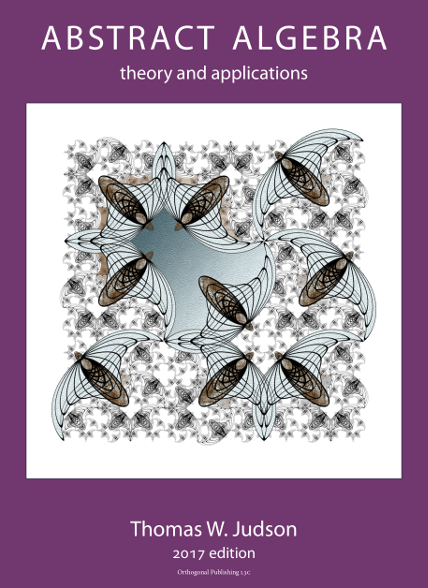Subsection1.4Lists
Much of our interaction with sets will be through Sage lists. These are not really sets — they allow duplicates, and order matters. But they are so close to sets, and so easy and powerful to use that we will use them regularly. We will use a fun made-up list for practice, the quote marks mean the items are just text, with no special mathematical meaning. Execute these compute cells as we work through them.
So the square brackets define the boundaries of our list, commas separate items, and we can give the list a name. To work with just one element of the list, we use the name and a pair of brackets with an index. Notice that lists have indices that begin counting at zero. This will seem odd at first and will seem very natural later.
We can add a new creature to the zoo, it is joined up at the far right end.
We can remove a creature.
We can extract a sublist. Here we start with element 1 (the elephant) and go all the way up to, but not including, element 3 (the beetle). Again a bit odd, but it will feel natural later. For now, notice that we are extracting two elements of the lists, exactly \(3-1=2\) elements.
Often we will want to see if two lists are equal. To do that we will need to sort a list first. A function creates a new, sorted list, leaving the original alone. So we need to save the new one with a new name.
Notice that if you run this last compute cell your zoo has changed and some commands above will not necessarily execute the same way. If you want to experiment, go all the way back to the first creation of the zoo and start executing cells again from there with a fresh zoo.
A construction called a list comprehension is especially powerful, especially since it almost exactly mirrors notation we use to describe sets. Suppose we want to form the plural of the names of the creatures in our zoo. We build a new list, based on all of the elements of our old list.
Almost like it says: we add an “s” to each animal name, for each animal in the zoo, and place them in a new list. Perfect. (Except for getting the plural of “ostrich” wrong.)
